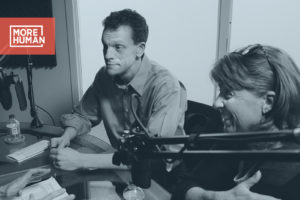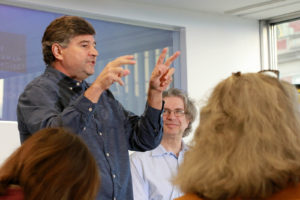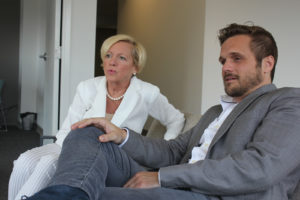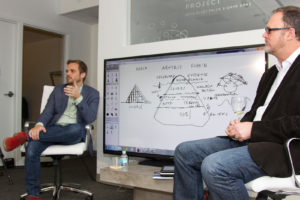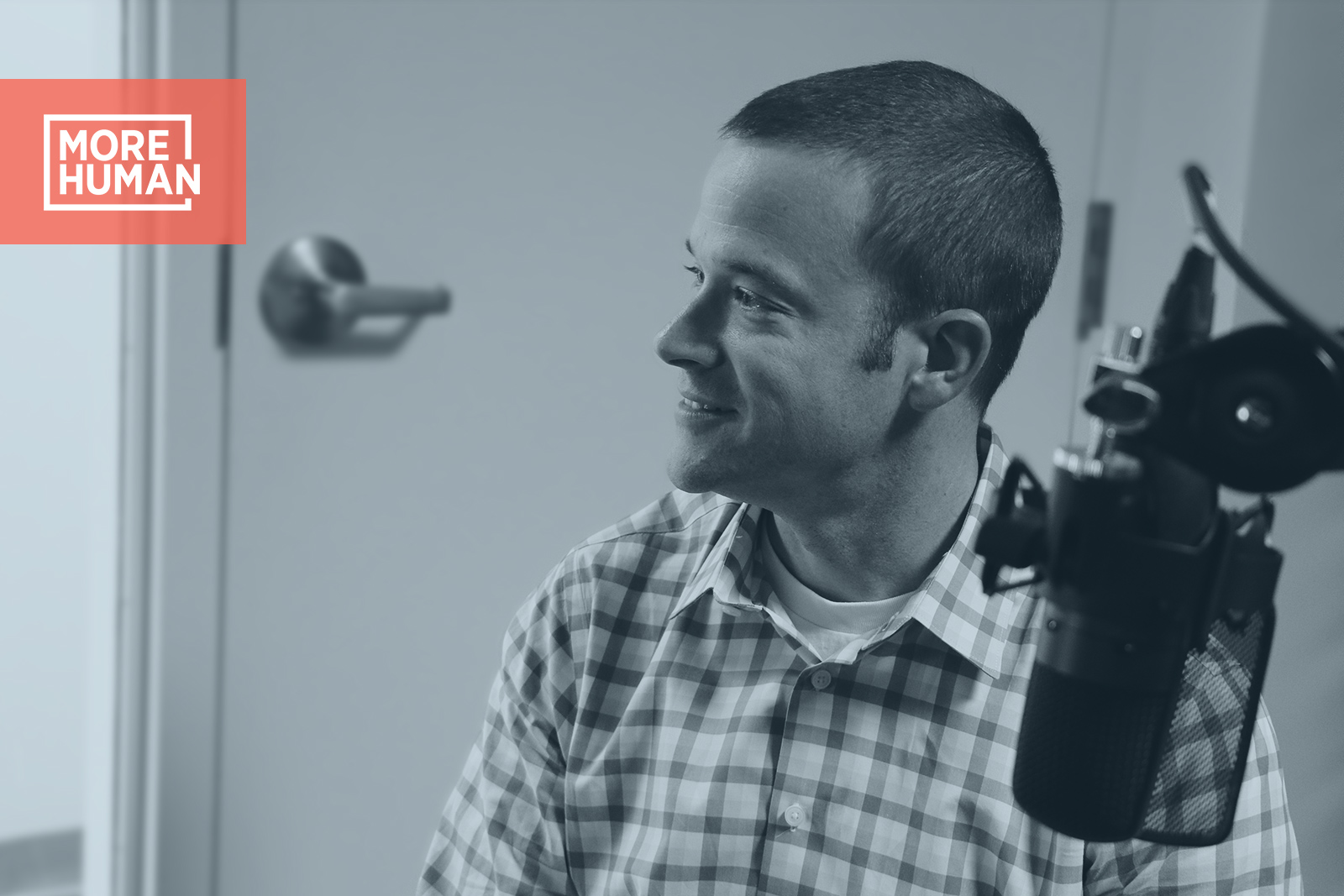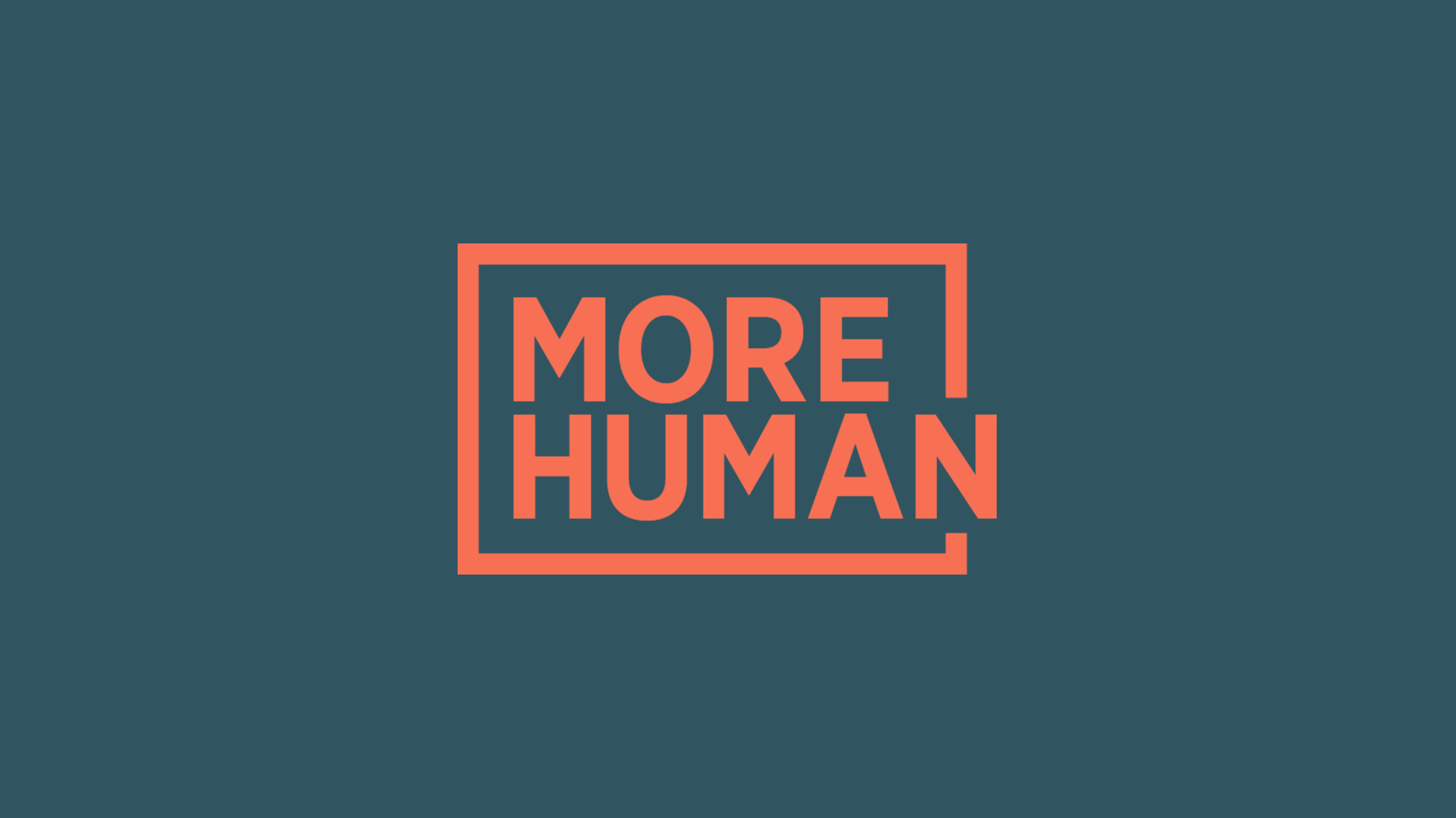Are Humans Naturally Tribal?
As Chris Reimer noted in his introductory comments at last week’s Be Human Project Salon, bigwidesky founder Eliot Frick has a great vocabulary and isn’t afraid to use it.
My favorite word of the evening was “homophily,” literally meaning the “love of the same.” It is the tendency of people with similar characteristics to congregate.
At our core, we humans are tribal. Constantly, our subconscious is bombarded with cues that identify who is “us” and “them.” Perceived similarities of status and values make it much more likely that we will connect and form lasting bonds with our fellows. This tendency has tremendous survival value; without strong cohesion, human groups ranging from hunter gatherer societies, business organizations, and even modern nation states would not be able to adequately meet the constant challenges they face.
But overdoing tribal conformity has a tremendous downside. Bill Bishop’s 2008 book, The Big Sort: Why the Clustering of Like-Minded America Is Tearing Us Apart provides a data-rich analysis of how the drastic increase in high homophily communities and social networks since the 1970’s are making it less and less likely that we’ll encounter, much less consider views that are different from our own. One of Bishop’s more sobering chapters, “The Psychology of the Tribe,” shows that when we are surrounded by people who agree with us, our views grow more unshakable and extreme. We tend to de-legitimize those who are different, eliminating troubling cognitive dissonance without considering the possible validity of competing ideas. Such groupthink is powerful for rallying action around a single idea, but it is terrible when we need to brainstorm novel solutions. That, of course, is the challenge of every business today.
Innovative problem solvers tend to bridge disciplines. Creative approaches demand the courage to be different and to take seriously the insights gained from divergent perspectives. One of the most famous examples of this is MIT’s Building 20, the Rad Lab. The building’s confusing structure causes much wandering around and co-habitation of scientist from diverse disciplines, which sparks frequent, unplanned connections between researchers who ordinarily would never have crossed paths. By generating so many new ideas and break-through innovations, it became know as “The Magical Incubator.”
Take a look at your networks: both business and personal.
How many tribes do you participate in?
Are you a network connector?
Is there a way to expand the diversity of your affiliations?
When was the last time you listened to and seriously considered an uncomfortable idea from an outsider source?
As we seek to solve the most difficult problems of our businesses and communities, the call to “Be Human” encourages us to seek the creative friction of divergent thinking.


